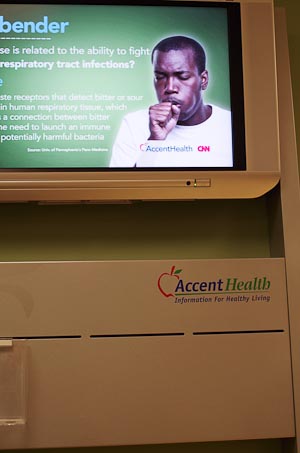As Obamacare looks more and more as though it will collapse, there are some alternatives beginning to appear. Several years ago, I suggested using the French system as a model. At the time, the French system was funded by payroll deduction, a source affected by high unemployment, and used a national negotiated fee schedule which was optional for doctors and patients. The charges had to be disclosed prior to treatment and the patient had the option of paying more for his/her choice of physician. Privately owned hospitals competed with government hospitals and patient satisfaction was the highest in Europe.
Recently the French system has run into trouble.
French taxpayers fund a state health insurer, “Assurance Maladie,” proportionally to their income, and patients get treatment even if they can’t pay for it. France spends 11% of national output on health services, compared with 17% in the U.S., and routinely outranks the U.S. in infant mortality and some other health measures.
The problem is that Assurance Maladie has been in the red since 1989. This year the annual shortfall is expected to reach €9.4 billion ($13.5 billion), and €15 billion in 2010, or roughly 10% of its budget.
This may be due to several factors. The French economy is in terrible shape with high unemployment. More of the funding for the health plan is coming from general revenues. This was not how it was supposed to work. It was payroll funded, much as the German system is, with a wider source than individual employers. This allows mobility for employees and allows employers to distribute risk among a larger pool. Germany allows other funding sources such as towns and states. I think it is still a good model for us but, with the passage of Obamacare, it will take a generation before another large reform would be viable. Obamacare must stand or fall first and I think it will fall but, as in most government programs, it takes years before the sponsors will admit defeat.
Another proposal has been made by a serious study group.
1. The government should offer every individual the same, uniform, fixed-dollar subsidy, whether used for employer-provided or individual insurance. For everyone with private health insurance, the subsidy would be realized in the form of lower taxes by way of a tax credit. The credit would be refundable, so that it would be available to individuals with no tax liability.
2. Where would the federal government get the money to fund this proposal?
We could begin with the $300 billion in tax subsidies the government already “spends” to subsidize private insurance. Add to that the money federal, state and local governments are spending on indigent care. For the remainder, the federal government could make certain tax benefits conditional on proof of insurance. For example, the $1,000 child tax credit could be made conditional on proof of insurance for a child.10 For middle-income families, a portion of the standard deduction could be made conditional on proof of insurance for adults. For lower-income families, part of the Earned Income Tax Credit could be conditioned on obtaining health coverage.
3. If the individual chose to be uninsured, the unclaimed tax relief would be sent to a safety net agency providing health care to the indigent in the community where the person lives, so that it would be available there in case he generates medical bills he cannot pay from his own resources. The result would be a system under which the uninsured as a group effectively pay for their own care, without any individual or employer mandate. By the very act of turning down the tax credit for health insurance in choosing not to insure, uninsured individuals would pay extra taxes equal to the average amount of the free care given annually to the uninsured. The subsidies for the insurance purchased by the insured would then effectively be funded by the reduction in expected free care the insured would have consumed if uninsured. [See Figures II and III.]
The paper goes on to explain the proposal The trouble is that this is another major reform and I see no chance for it in the foreseeable future.
What then is the most likely development ?
Read more
